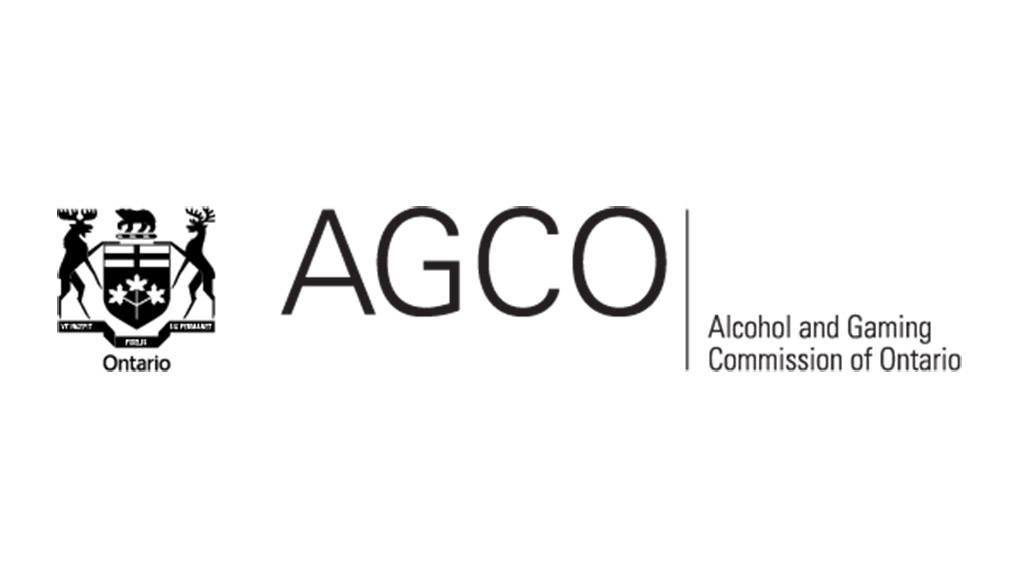
The Alcohol and Gaming Commission of Ontario (AGCO) has issued a reminder to horse racing participants that new rules restricting certain medications for horses participating in qualifiers or workouts went into effect on Jan. 1, 2024.
As a reminder, rules SB 6.54.01 and TB 15.40.01 restricting certain medications for horses participating in workouts and qualifiers are now in effect. These rules are reflective of the AGCO's continued commitment to protecting Ontario racehorses and strengthening the integrity of racing.
Starting on Jan. 1, 2024, all horses participating in workouts and qualifiers may be tested and must not test positive for any substance that is a corticosteroid, analgesic, non-steroidal anti-inflammatory, or local anesthetic, including, but not limited to, substances that have a Canadian Pari-Mutuel Agency (CPMA) Elimination Guideline.
The regulated medications can mask pain associated with injuries and/or have been linked to an increased risk of injuries and fatalities. In line with the AGCO’s continued focus on equine welfare, the implementation of these rules aims to protect horses and ensure they are only training at high speeds when they are well enough to do so.
Any positive cases are subject to penalties and disqualification, and the new rules have been updated with associated penalty provisions to provide more clarity and transparency.
Test results are typically received before a horse race in a pari-mutuel start; however, in the rare case they do not, the horse will still be permitted to participate in the race. A positive test sample received after the running of a race will result in the horse being considered retroactively ineligible to have started and therefore disqualified.
Supporting Guidance Documents
The AGCO has provided additional guidance. The below information aims to provide licensees more clarity about the new requirements:
- Tip Sheet: Your Responsibility to be Familiar with CPMA Elimination Guidelines and Medications Regulated in Official Workout and Qualifier Testing
- Provides additional clarity on rules SB 6.54.01 and TB 15.40.01 testing requirements, examples of regulated substances not included in the CPMA Elimination Guidelines but falling under the restricted categories, and guidance on navigating the CPMA Elimination Guidelines website.
- Q&As: Out of Competition Testing for Licensees
- Provides answers to specific questions about the implementation of rules SB 6.54.01 and TB 15.40.01, licensee expectations, and the impacts to racing.
Licensees can also submit specific questions about the new rule requirements via the iAGCO portal.
Changes to the Standardbred Rules of Racing
New rule added in Chapter 6: Violations, Penalties and Expulsions, of the Standardbred Rules of Racing stating:
6.54.01 No horse participating in a qualifier shall test positive for any substance that is a corticosteroid, analgesic, non-steroidal anti-inflammatory, or local anaesthetic (anesthetic), including but not limited to, those substances that Canadian Pari-Mutuel Agency has listed an Elimination Guideline. Violation of this rule shall result in:
a. A minimum $500 monetary penalty at the discretion of the Judges and;
b. The horse shall be disqualified.
Changes to the Thoroughbred Rules of Racing
New rule added in Chapter 15: Misconduct, Needles, Syringes and Searches, of the Thoroughbred Rules of Racing stating:
15.40.01 No horse participating in a workout shall test positive for any substance that is a corticosteroid, analgesic, non-steroidal anti-inflammatory, or local anaesthetic (anesthetic), including but not limited to, those substances that Canadian Pari-Mutuel Agency has listed an Elimination Guideline. Violation of this rule shall result in:
a. A minimum $500 monetary penalty at the discretion of the Stewards and;
b. The horse shall have its workout removed.
All AGCO licensees are expected to stay up to date with Standardbred and Thoroughbred Rules of Racing on the AGCO website.
(With files from AGCO)

